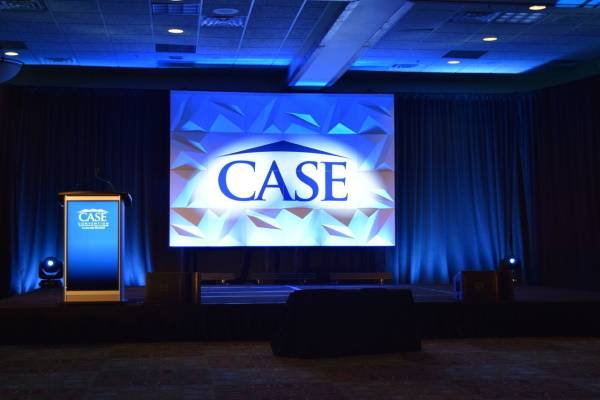Highlighting the Influence of Illumination Techniques on the Craft of Video Projection Mapping Techniques
Highlighting the Influence of Illumination Techniques on the Craft of Video Projection Mapping Techniques
Blog Article
Motion mapping projection is an exciting creative form that merges technology and innovation to transform common surfaces into remarkable visual displays. This method involves casting images and footage onto three-dimensional objects, such as structures, sculptures, or platforms. One of the key crucial factors in producing successful mapping in the use of efficient lighting methods. Proper lighting enhances the visual components of the projection and guarantees that the images are crisp and captivating. This article examines the impact of illumination techniques on motion projection and how they can enhance the complete experience.
Illumination plays a vital role in video projection because it sets the mood and tone of the display. Different illumination methods can elicit various feelings and reactions from the audience. For instance, using soft, warm lights can create a inviting environment, while vivid, cool illumination may create a more dynamic or intense impact. By carefully choosing illumination hues and brightness, creators can influence how audience perceive the displayed images, leading to a more immersive experience. The balance between projection brightness and ambient illumination is crucial, as it can greatly This Site impact the clarity and effect of the images.
In addition, hue and brightness, the angle of illumination also affects the efficacy of mapping. Illumination from different directions can generate contrast and accents that add depth to the mapped visuals. This method, known as light and shadow, can improve the 3D quality of the subjects being projected. Additionally, using dynamic illumination can introduce energy to the exhibit, making the encounter more involving for the viewers. When the illumination interacts with the mapped images, it can produce an effect of motion and change, grabbing the audience's attention.
Another important element of illumination in projection in the use of unique features. Methods such as gobo lighting, which uses patterns and shapes to filter light, can add texture and complexity to from this source the projections. This method allows artists to layer images and create visually stunning effects that complement the projection. Additionally, incorporating laser lights or light-emitting diode illumination can additionally enhance the exhibit, providing a unique blend of visual elements that draw the audience in. These special effects, when used thoughtfully, can elevate the projection into a basic show to an engaging piece of creativity.
In summary, the impact of lighting techniques on video projection is profound. By comprehending how various illumination components interact with projected images, artists can create captivating encounters that resonate with viewers. The thoughtful choosing of hue, brightness, angle, and unique features allows for a rich tapestry of sight narrative. As tech advances to grow, the options for artistic showcasing in projection will only expand, making illumination an ever-important component in this progressive art form.